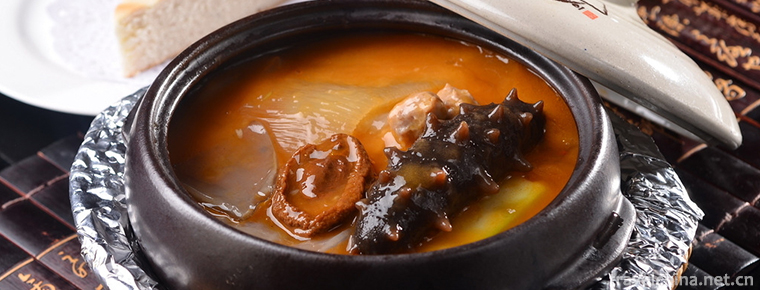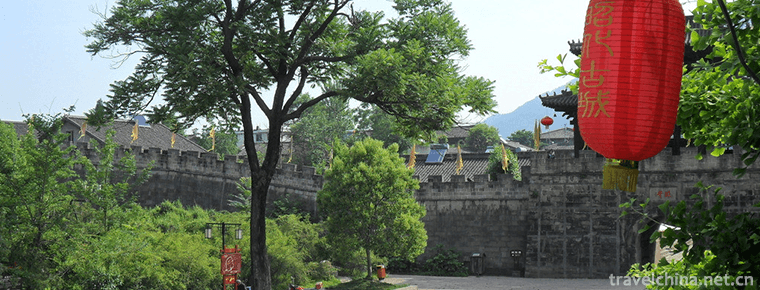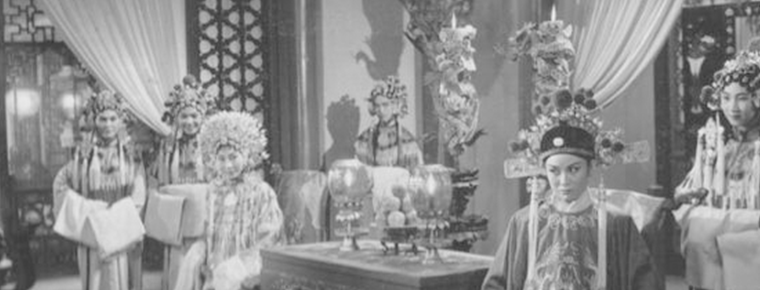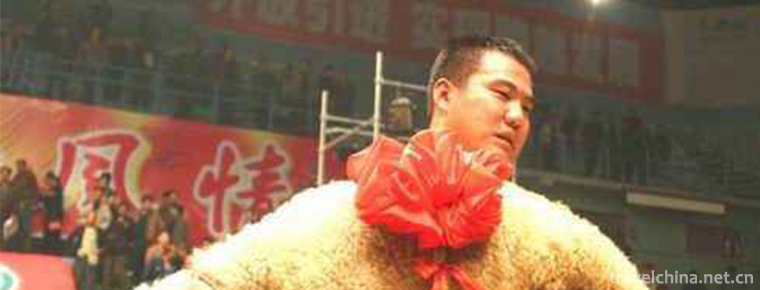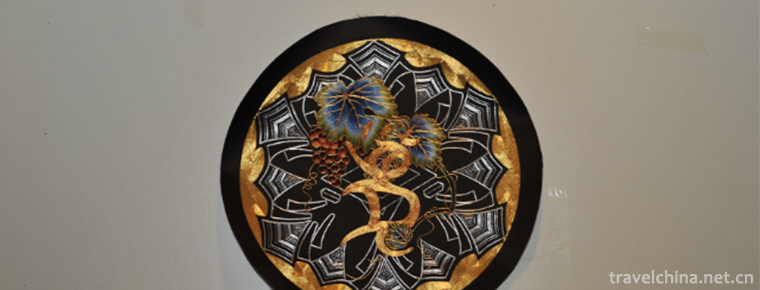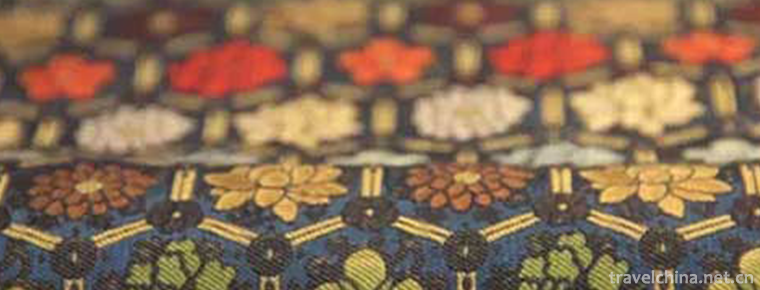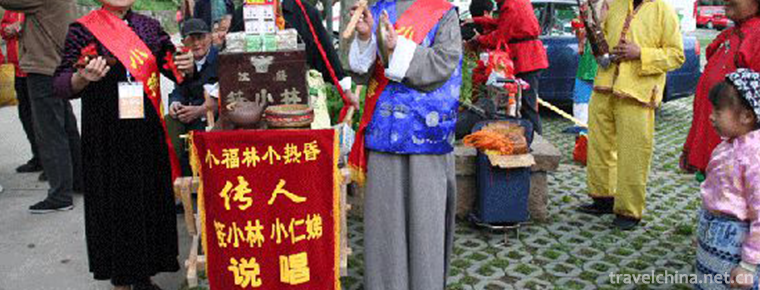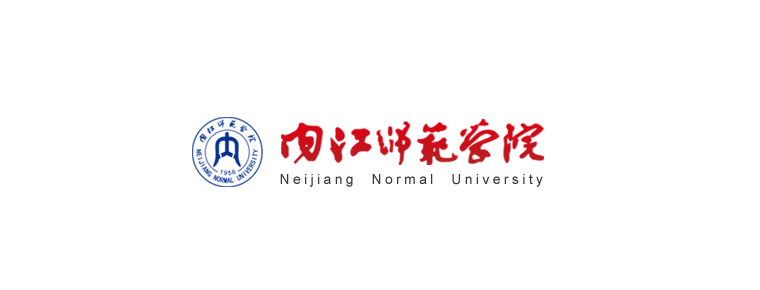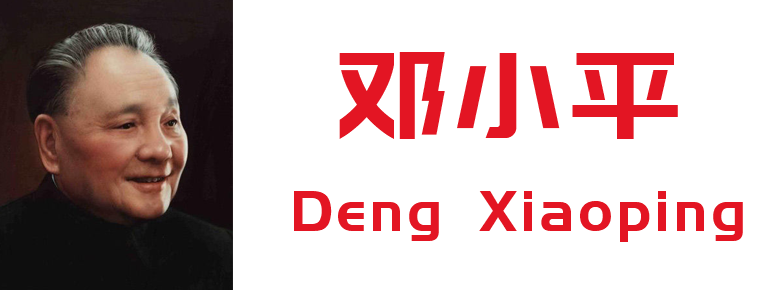Pig Iron Smelting and Casting Technology
Pig Iron Smelting and Casting Technology
Yangcheng pig iron casting technology, Shanxi Province Jincheng traditional skills, one of the national intangible cultural heritage.
Yangcheng pig iron casting technology was invented in the 6th century BC. Yangcheng pig iron smelting and casting technology in the smelting and casting process first crushed the ore, then roasted at high temperature to desulfurize, and then into the furnace, by observing the color of molten iron to judge its color.
On May 20, 2006, Yangcheng pig iron casting technology was approved by the State Council of the People's Republic of China and listed in the first batch of national intangible cultural heritage list. The item number is_-35.
historical origin
Pig iron casting was invented in China in the 6th century B.C., 16 centuries earlier than that in Europe. Since then, China has gradually formed a very different steel smelting technology system from the West, creating the Iron Age and steel civilization. Yangcheng is an important reserve of pig iron smelting and casting in China.
Yangcheng, Shanxi Province, was known as Dongze in ancient times. At the beginning of Tang Wude, Zezhou was ruled. During Tianbao period, Yangcheng County was changed. The territory slopes from southwest to northeast. There are many natural caves and dangerous terrain. Iron ore resources are easy to exploit. These geographical conditions have created a good foundation for the formation of pig iron smelting and casting in Yangcheng.
Since the 1980s, with the social and economic transformation and the promotion of machine farming, the production of Yangcheng plough mirror has gradually shrunk. By the late 1990s, all the smelting and casting workshops had been shut down, and a large number of Yangcheng pig iron smelting artists and casting equipment had been lost.
Technological characteristics
Yangcheng pig iron smelting and casting technology mainly includes crucible iron making, plough furnace iron making and plough mirror iron making.
Crucible ironmaking is characterized by simple equipment, easy operation, large amount of coal smelting, and the use of fine ore with low cost. But the disadvantage is that the metal yield is low and the product contains high phosphorus and sulfur.
Plough furnaces used for ironmaking are traditional furnaces with reasonable furnace type, simple construction and durability. Traditionally, the air box made in Jincheng is used for blast. The control of molten iron composition in front of the furnace is simple, fast and accurate.
Yangcheng's crucible and plough furnaces are the masterpieces of pig iron smelting technology in China. They have unique value in the form of both.
Technological process
Yangcheng pig iron smelting and casting technology has the following four steps:
The first step is to crush the ore mined in smelting and casting, then remove sulphur by roasting at high temperature, and then enter the furnace.
The second step is to use charcoal fired from local high-quality wood such as Jiangmu as a reductant for smelting. The raw material for burning charcoal requires "three stubbles of seven charcoal" (that is, 70% of charcoal, the other 30% is still stubble), to ensure that the strength of raw materials is high and not easy to crush.
Step 3: Teachers can grasp the furnace condition, temperature and color of molten iron by looking at the fire color and distinguishing the molten iron. They can grasp the chemical composition and temperature of molten iron properly.
Step 4: The smelter scoops out a spoonful of molten iron from the taphole, observes its color and surface pattern changes, and determines its color.
Inheritance and Protection
Inheritance value
Crucible ironmaking, plough furnace ironmaking and plough mirror ironcasting have been inherited, with rich scientific and technological, cultural content, can be called the treasure of the country. This typical intangible cultural heritage with Chinese characteristics has important historical value and technical value.
Yangcheng Plough Mirror is a living fossil of Chinese iron mould casting, which is worthy of cherishing, preserving and developing. The summary of its smelting and casting process has important reference value for further understanding the early iron casting. Yangcheng pig iron smelting technology can be regarded as the representative work of pig iron smelting in China. Its historical value, technical value and cultural value are extremely important and unique.
Heritage figures
Jizhai, male, Han nationality, was born in Yangcheng, Shanxi Province in 1946. In June 2007, he was selected as the representative inheritor of Yangcheng pig iron smelting technology, a national intangible cultural heritage project, and declared in Yangcheng County, Shanxi Province. Project name: Yangcheng pig iron smelting and casting technology.
protective measures
Relevant parties in Shanxi Province collect relevant information on pig iron smelting and casting skills in Yangcheng, and display them in the form of exhibitions in the tourist attractions of Royal Premier's Palace. The technology of pig iron smelting and casting in Yangcheng has been effectively protected. At the same time, it has brought more popularity to the local tourism industry.
Hua Juemin, a researcher of the Chinese Academy of Sciences, went to Yangcheng personally and established the Museum of the Development History of China's Iron Smelting in the Premier's Palace of the Imperial City. He recycled and protected the objects of plough furnaces, mirror models, plough mirrors, tools and equipment, with pictures and words, so as to let tourists know the brilliance of ancient Chinese casting techniques. The technology of pig iron smelting and casting in Yangcheng has been disseminated, promoted and protected.
In 2009, the Shanxi provincial government built a transfer base for the immaterial cultural heritage project of pig iron smelting and casting technology in Yangcheng, Shanxi Province. To teach the non-legacy cultural knowledge of pig iron casting technology in Yangcheng, to make tourists understand and learn the content of pig iron casting technology in Yangcheng, and to carry forward and inherit the pig iron casting technology in Yangcheng.
In 2014, the "Yangcheng pig iron smelting and casting technology" non-relic exhibition venue was established in Jincheng, and the inheritance of Yangcheng pig iron smelting and casting technology was protected.
social influence
Important Exhibitions
On Dec. 10, 2017, the Marine Silk Road intangible cultural heritage exhibition was held in Wenmiao Square, Quanzhou Prefecture, in which the pig iron casting skills of Yangcheng were displayed.
Representative Works
Yangcheng Plough Mirror
The casting of Yangcheng plow mirrors flourished during the Ming and Qing dynasties, and it was still accompanied by the life of the peasant households in the farming society until the 1980s. The plough mirror is used to turn the soil into a ridge, which is an essential part of plough. Yangcheng plough mirror has become a popular brand product for its hard texture, soil-friendly, non-contaminated and easy farming. At its peak, there were dozens of plough furnaces, with an annual output of more than 700,000 pieces, and more than 400 varieties. Besides supplying various regions in China, it is also exported to Korea, Japan, Nepal, Bhutan and other countries. Yangcheng pig iron smelting and casting technology mainly includes the production of Yangcheng plough mirror.
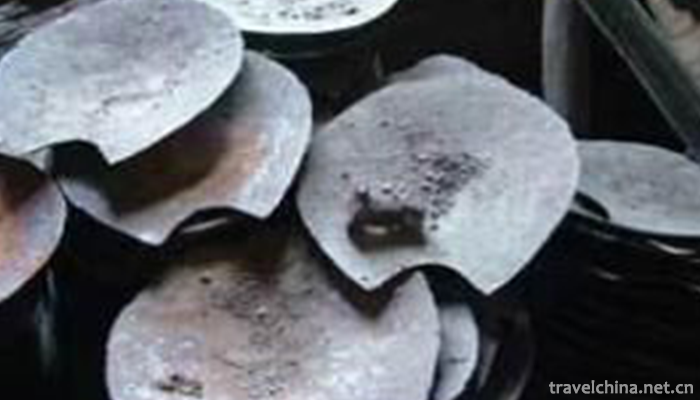
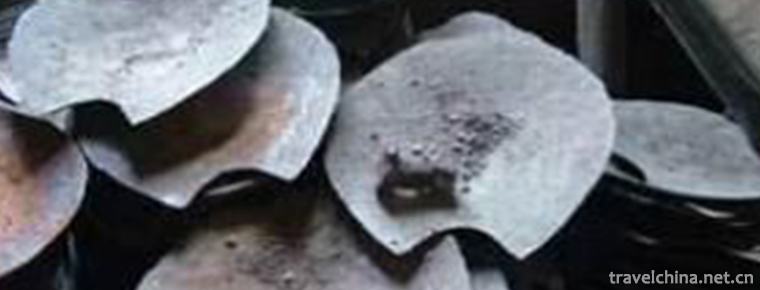
Pig Iron Smelting and Casting Technology
-
Soup with pepper
Soup with pepper, a well-known snack in Central Plains, originated in Xiaoyao Town, Xihua County, Zhoukou City, Henan Province, and Beiwudu Town, Wuyang County, Luohe City. Especially known as Xiaoyao
Views: 271 Time 2018-11-10 -
Chess cake
Chess cake is a special product of Tangshan District in Hebei Province. It is named for its shape like a small drum and a chess piece
Views: 189 Time 2018-11-27 -
Zhaohua Ancient City Scenic Area
The ancient city of Zhaohua has a long history and rich humanities in Zhaohua Town, Zhaohua District, Guangyuan City, Sichuan Province. The original name of Yichang County was changed to Zhaohua Count
Views: 200 Time 2019-03-17 -
Huangmei Opera
Huangmei Opera, formerly known as Huangmei Diao and Tea Picking Opera, originated from Huangmei Opera in Hubei Province and grew stronger than Anqing Opera in Anhui Province.
Views: 168 Time 2019-05-04 -
Scratch sheep race
The Naoyang Competition is a traditional Chinese folk custom activity mainly in Xinzhou City, Shanxi Province. It's a wrestling competition with a live sheep as a prize. In the countryside, "scra
Views: 123 Time 2019-06-07 -
Ningbo Gold and Silver Embroidery
Ningbo gold and silver embroidery is one of the Han folk handicraft products embroidered on silk fabrics with various color threads, gold threads and silver threads. With its strong local characterist
Views: 178 Time 2019-06-07 -
Song Brocade Weaving Skills
Song brocade weaving technology, traditional handicraft in Suzhou City, Jiangsu Province, is one of the national intangible cultural heritage.
Views: 104 Time 2019-06-16 -
Weaving Techniques of Summer Cloth
Wanzai summer cloth is completely manually woven. Its production process mainly consists of ramie treatment, yarn performance and weaving. It needs many processes to weave.
Views: 225 Time 2019-07-01 -
Small febrile coma
Xiao Redun is a kind of traditional Wu rhetoric banter popular in Jiangsu, Zhejiang and Shanghai. It is also known as "Xiaogongshu", commonly known as "selling pear ointment candy"
Views: 119 Time 2019-07-06 -
Neijiang Normal University
Neijiang Normal University is a full-time general undergraduate college organized by Sichuan Provincial People's Government. Neijiang City, where the school is located, is located in the middle of Che
Views: 200 Time 2019-08-31 -
Deng Xiaoping
Deng Xiaoping (August 22, 1904 -1997 February 19th), formerly known as Deng Xiansheng, the scientific name of Deng Xixian, Guang'an, Sichuan. Go to Europe early Work study program After his return, he
Views: 342 Time 2019-09-07 -
Ecological environment of Luzhou
On July 5, 2019, the Ministry of ecology and environment of the people's Republic of China announced the special investigation of black and odorous water bodies in the first stage of overall planning and strengthening supervision in 2019. Luzhou was listed in the "list of cities whose
Views: 360 Time 2020-12-14
